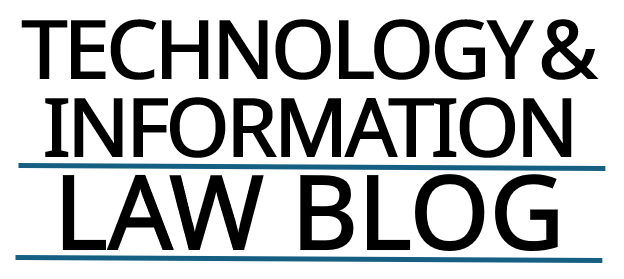In its August 28, 2024 opinion in Wisconsin Alumni Research Foundation v. Apple Inc., the Federal Circuit issued a decisive ruling affirming two final judgments in favor of Apple, closing the door on WARF’s decade-long effort to assert U.S. Patent No. 5,781,752 across successive generations of Apple processors. The decision underscores the high stakes of litigation strategy—particularly the consequences of waiving infringement theories and the powerful reach of preclusion doctrines.
Background
The patent at issue, the ’752 patent, relates to a “table-based data speculation circuit for parallel processing computers.” WARF initially brought suit in 2014 (WARF I) against Apple’s A7 and A8 processors, alleging literal infringement. Shortly before trial, WARF agreed to drop its doctrine of equivalents theory in exchange for Apple not introducing its own patent at trial. A jury found literal infringement, but on appeal, the Federal Circuit reversed, holding that no reasonable jury could find that Apple’s processors met the “particular” limitation of the asserted claims. See Wisconsin Alumni Research Foundation v. Apple Inc., 905 F.3d 1341 (Fed. Cir. 2018).
In parallel, WARF filed WARF II, targeting Apple’s A9 and A10 processors. Following the reversal in WARF I, WARF sought to revive the doctrine of equivalents for both actions. The district court rejected this effort, finding the doctrine waived in WARF I and barred in WARF II under both issue preclusion and the Kessler doctrine. The Federal Circuit affirmed on all fronts.
Waiver: Strategic Decisions Come at a Cost
The panel (Prost, Taranto, Chen, JJ.) upheld the district court’s finding that WARF intentionally waived its doctrine of equivalents theory in WARF I for strategic reasons. WARF had bargained away that theory to exclude potentially damaging evidence—Apple’s own patent on the accused LSD Predictor.
The court rejected WARF’s argument that the Federal Circuit’s 2018 clarification of the term “particular” constituted a claim construction change that justified resurrecting the abandoned theory. Unlike Exxon Chemical Patents v. Lubrizol, 137 F.3d 1475 (Fed. Cir. 1998), where a new construction was first adopted on appeal, WARF had long been on notice of Apple’s plain-meaning interpretation and opted not to preserve an alternatives-based trial strategy. The court characterized the waiver as intentional and strategic, distinguishing it from forfeiture.
Preclusion: WARF II Barred by Issue Preclusion and Kessler
The court further held that WARF II was precluded on two independent bases:
- Issue Preclusion: Because the A9 and A10 processors were “essentially the same” as the A7 and A8 (a fact WARF had admitted in earlier briefing), and because infringement was fully litigated in WARF I, the same “issue” was decided. The Federal Circuit emphasized that both literal infringement and the doctrine of equivalents are part of a single infringement issue under § 271, citing Graver Tank & Mfg. Co. v. Linde Air Prods. Co., 339 U.S. 605 (1950), and Winans v. Denmead, 56 U.S. 330 (1853). It also relied on Nystrom v. Trex, 580 F.3d 1281 (Fed. Cir. 2009), and Aspex Eyewear v. Marchon, 672 F.3d 1335 (Fed. Cir. 2012), in concluding that failing to assert a doctrine-of-equivalents theory in one case bars its assertion against essentially the same products in another.
- Kessler Doctrine: Even if issue preclusion didn’t apply, the court held that Apple had acquired the “noninfringing status” of its LSD Predictor, protecting both it and its future sales from repeat litigation. The court emphasized that the Kessler doctrine prevents harassment through successive suits involving the same or trivially modified products, referencing SpeedTrack Inc. v. Office Depot, 791 F.3d 1317 (Fed. Cir. 2015), and Brain Life v. Elekta, 746 F.3d 1045 (Fed. Cir. 2014).
Key Takeaways
This decision is a stark reminder that:
- Strategic waivers are binding. WARF’s tactical decision to drop its doctrine-of-equivalents theory in WARF I could not be undone after the fact.
- Literal and equivalent infringement theories are not distinct “issues” for preclusion purposes. Once infringement of a product has been adjudicated, relitigating under a different infringement theory is barred.
- The Kessler doctrine remains robust. It protects adjudged noninfringers from successive suits, even involving post-judgment sales or similar product generations.
For those navigating complex infringement disputes, this opinion reinforces the need to preserve all viable theories through trial—or risk losing them forever.
By Charles Gideon Korrell

